The Importance of EPS Geofoam in Construction
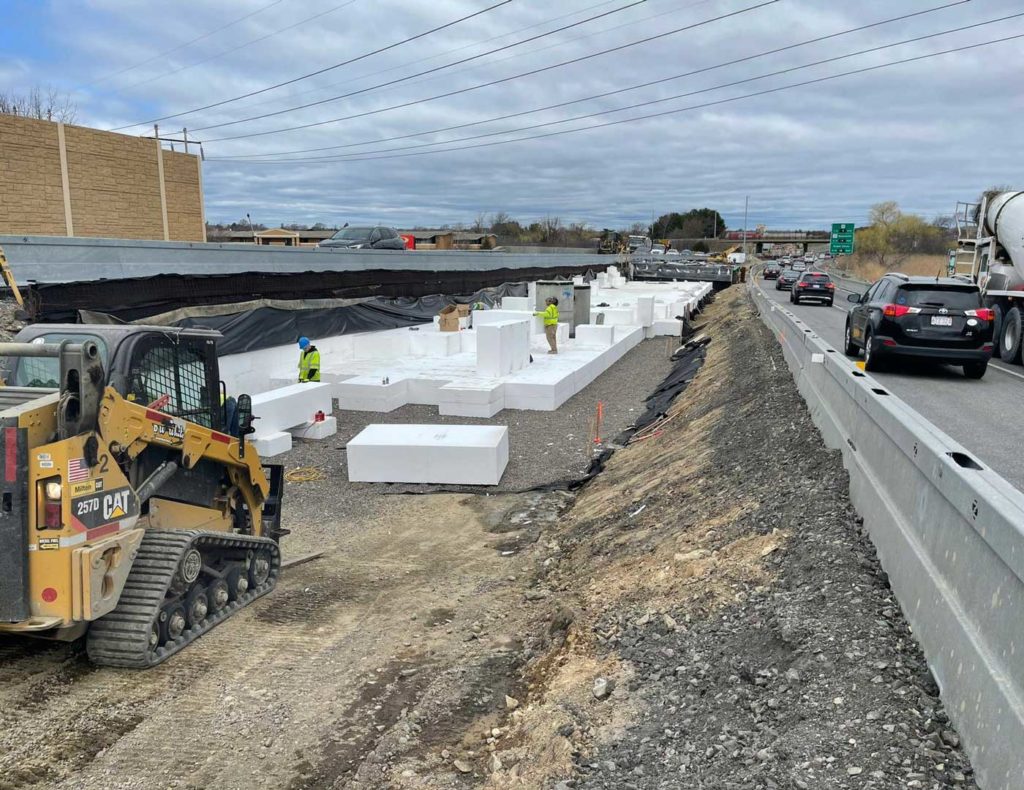
Since the 1930s, EPS Geofoam has been in commercial usage. The discovery of EPS, which is 30 times lighter than in-expanded polystyrene, gave rise to a slew of new applications, including several applications in the construction sector.
Benefits Of Using EPS Geofoam to Build Lightweight Roads

Geofoam is garnering widespread praise for its stability, reliability and longevity in the context of construction. Geofoam is now considered to be one of the top materials used for the construction and support of piers and other water-based structures.
How Does EPS Geofoam Help Reduce Lateral Loads on Retaining Walls?
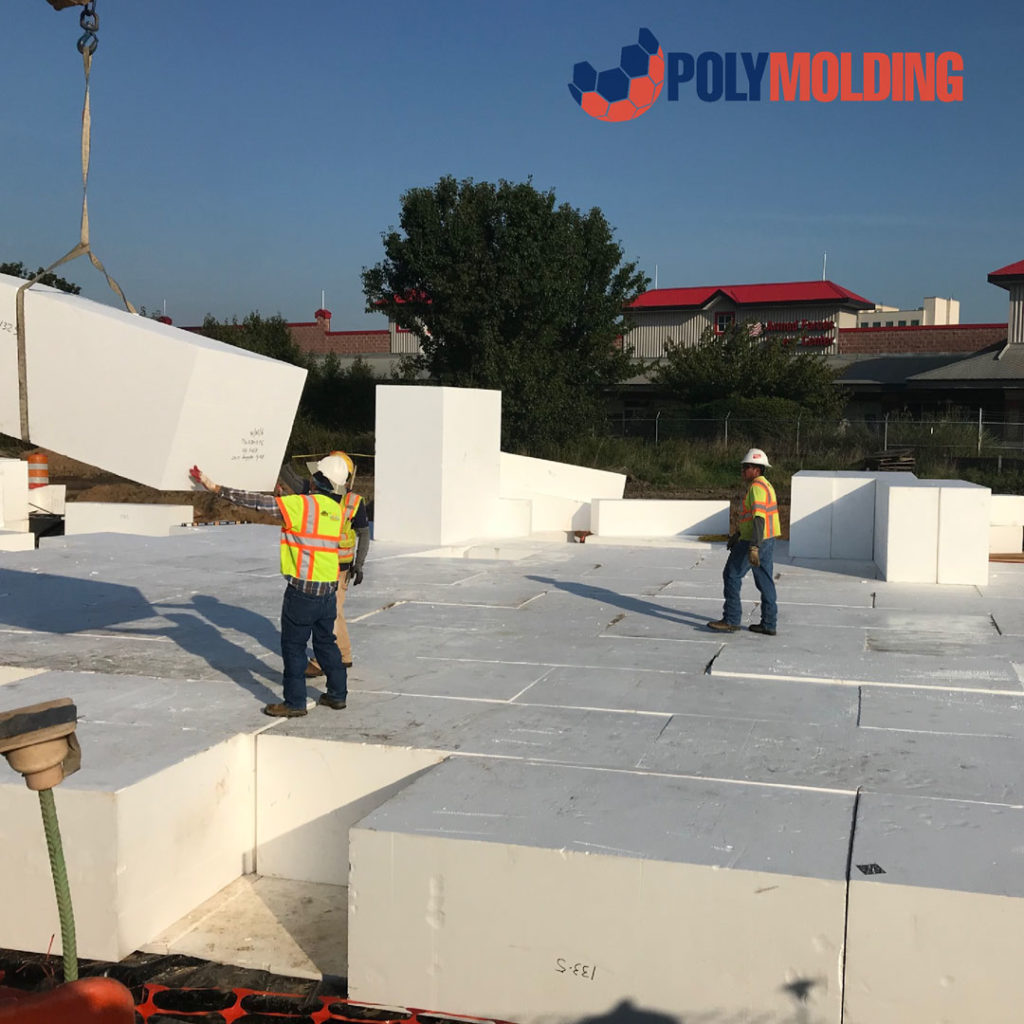
Would you like to learn about how EPS geofoam reduces lateral loads on retaining walls? Click here and we will tell you what you need to know.
The Impact of Geofoam in our environment

As the world gravitates towards more sustainable practices, geofoam is the emerging star in the construction industry. Read on to discover the ways in which geofoam is saving the earth.
Why Slopes Fail And How Geofoam Prevents This From Happening
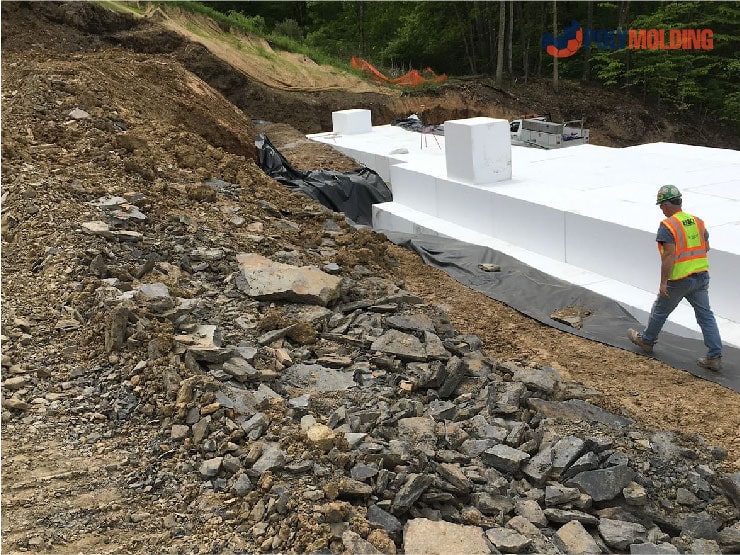
Drive along highways, and you’ll sometimes notice slopes or inclined grounds. Slopes play a significant role in the development of highways, railway embankments, and canals because they are generally a more cost-effective option than retaining walls. However, this brings up several issues, be it artificial or natural, such as slope collapse. As […]
Why Geofoam Should Be Part Of Your Green Construction Projects
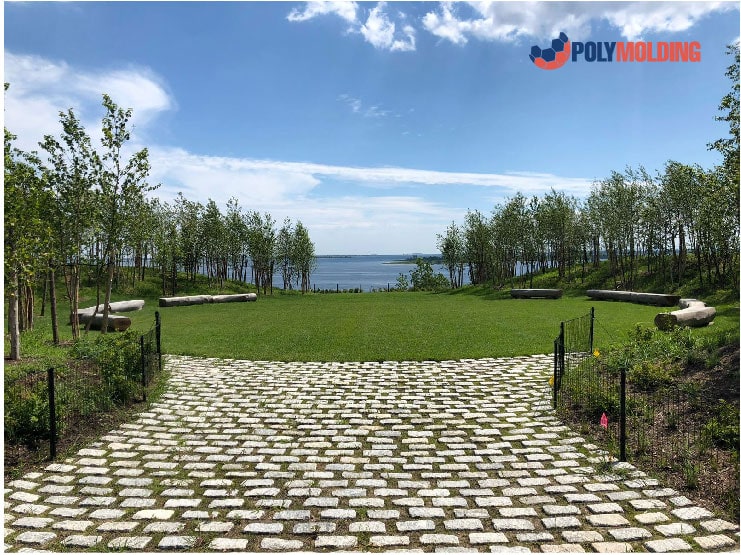
Green construction projects are booming, with an increased demand for buildings and structures that are environmentally responsible and utilizes resources efficiently. It’s important to stay in touch with climate change and the ever-changing state of the environment. Here are some reasons why geofoam should be used in your next eco-friendly project. Increased Energy Efficiency As […]
How Is Geofoam Used in Concrete Construction?
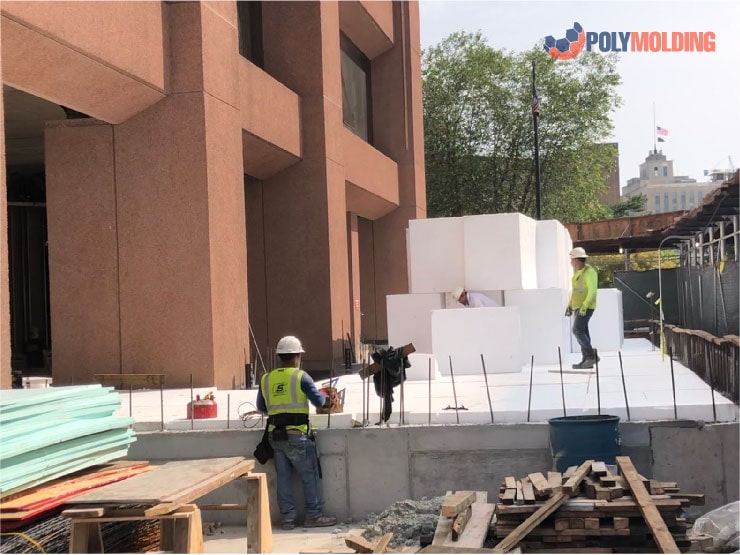
Have you already heard about why expanded polystyrene geofoam is so popular in the construction industry? If you have not, we would like to tell you all about this useful material and why it is so crucial in so many construction applications. The convenience, flexibility, efficiency, and versatility that expanded polystyrene—also referred to as EPS—geofoam […]
The Expanding Role of EPS (Expanded Polystyrene) in Roofing Construction
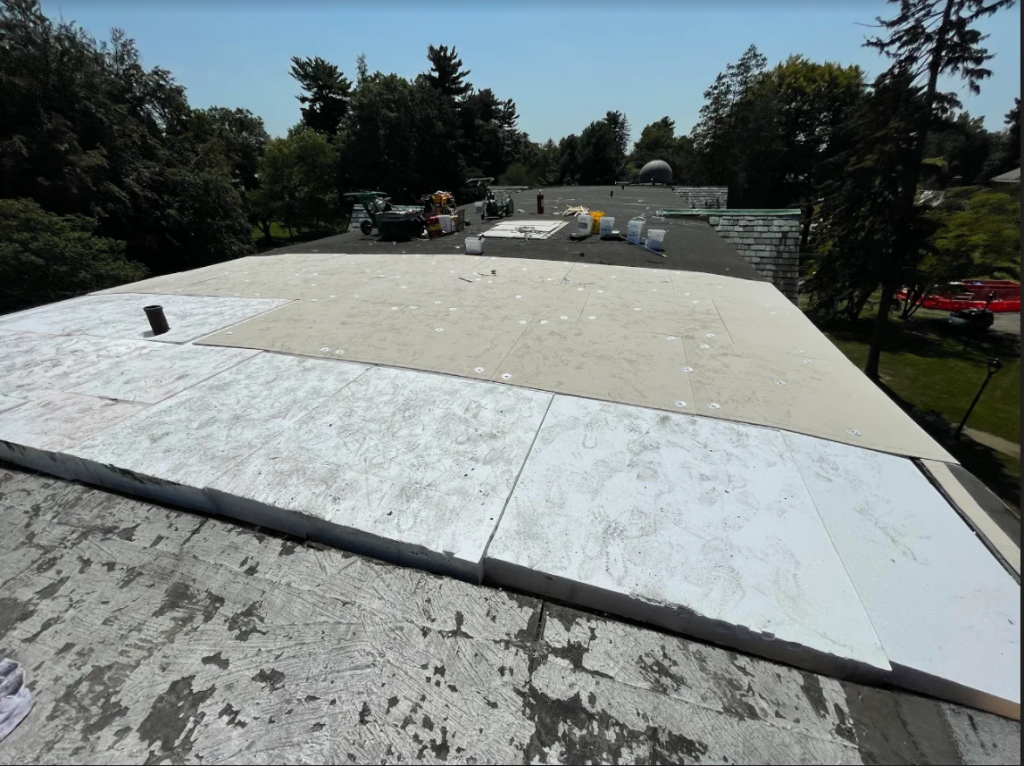
Roof construction is one of the biggest and most significant disbursements that are made by owners of buildings. These important investments generally comprise of repair, maintenance, installation, insulation, a waterproofing membrane, and a roof deck. Designers of roof systems and contractors have been coming to the realization that roofing systems that make use of expanded […]
Benefits Of Using EPS Geofoam to Build Lightweight Roads
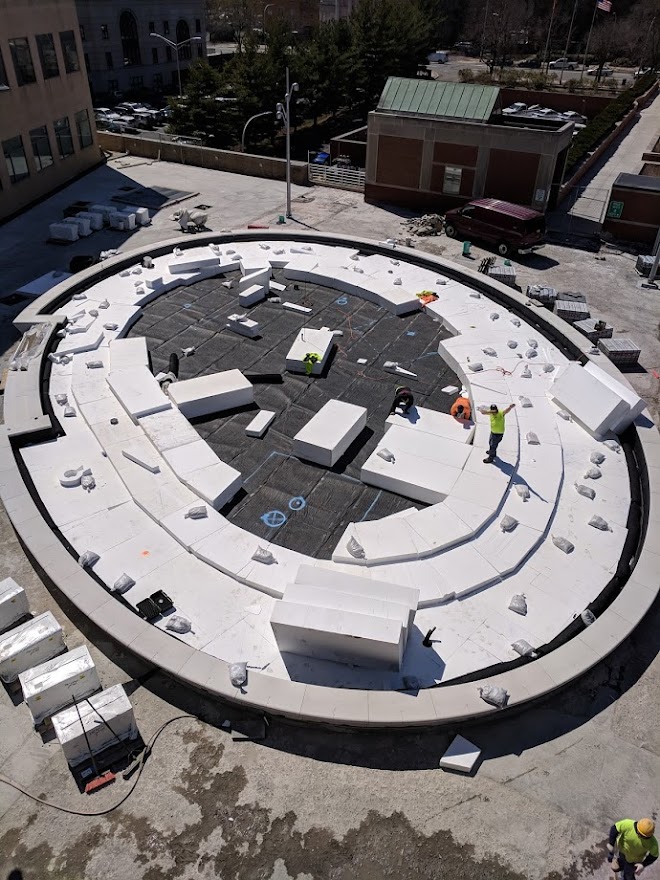
Geofoam is garnering widespread praise for its stability, reliability and longevity in the context of construction. Geofoam is now considered to be one of the top materials used for the construction and support of piers and other water-based structures.
Frequently Asked Questions About EPS Geofoam
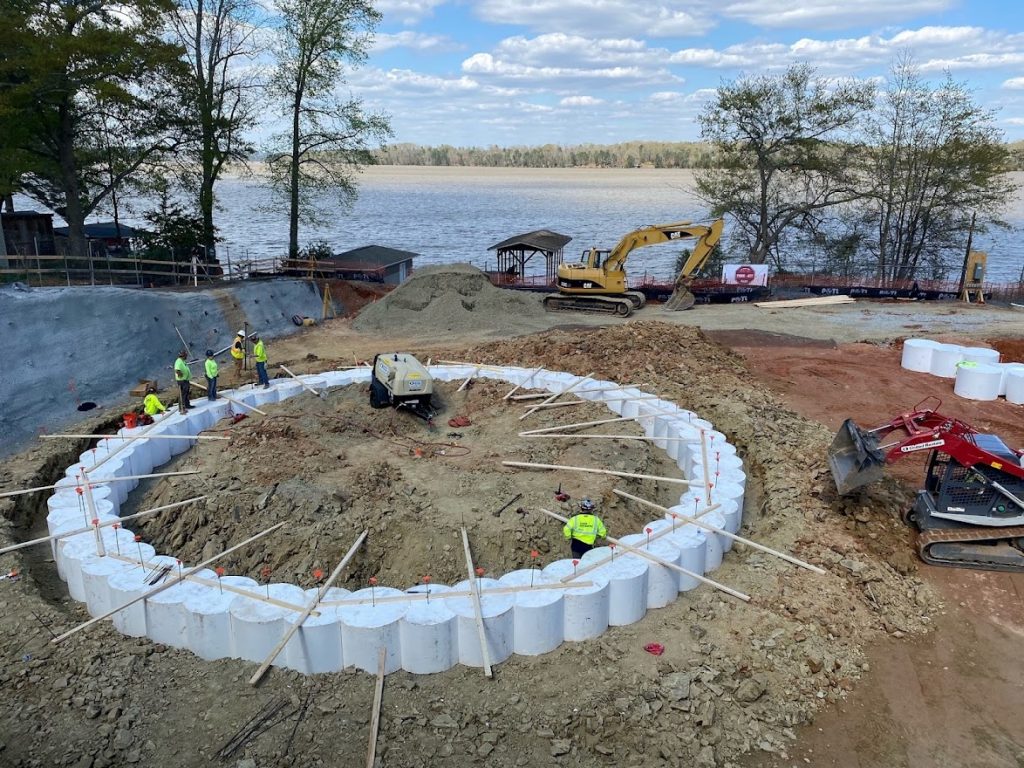
Geofoam is garnering widespread praise for its stability, reliability and longevity in the context of construction. Geofoam is now considered to be one of the top materials used for the construction and support of piers and other water-based structures.




